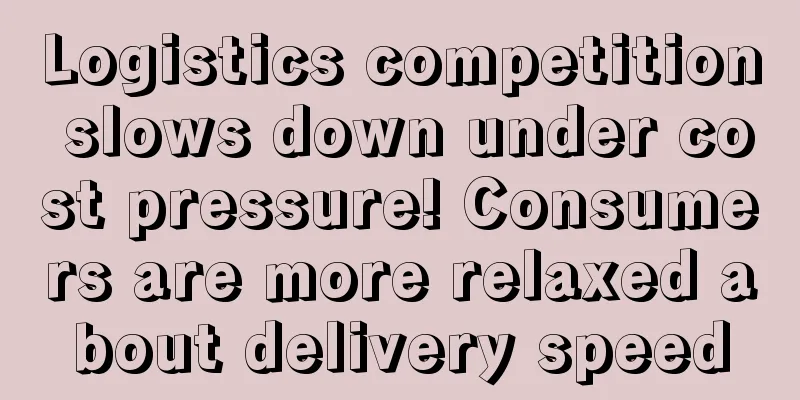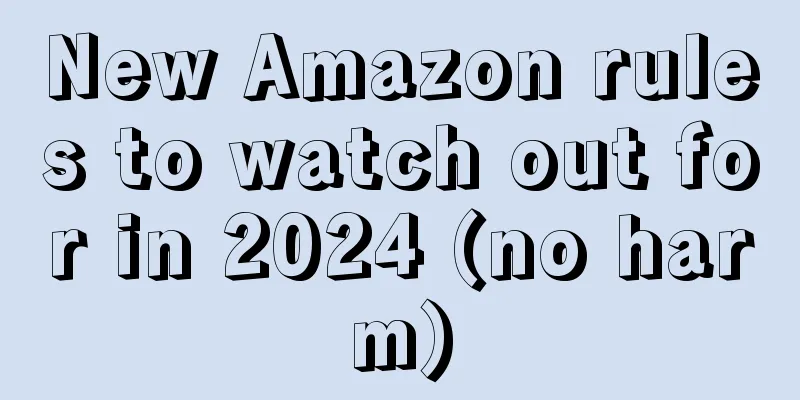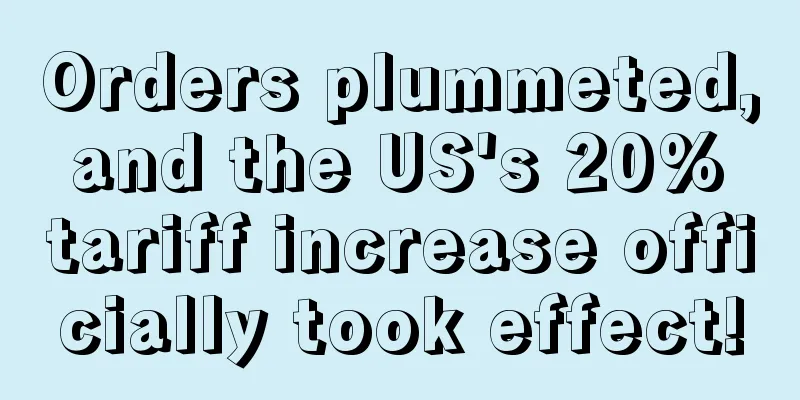Logistics competition slows down under cost pressure! Consumers are more relaxed about delivery speed

|
According to foreign media reports, the competition to provide consumers with faster delivery services is slowing down due to rising fuel costs. At the same time, consumers' requirements for delivery speed are also relaxing. In the years before the pandemic, Amazon was the leader in e-commerce delivery, with few rivals able to match its ability to meet consumer expectations for online orders to be delivered within two days. Amazon has been preparing to turn things around again and plan to restore its previous same-day delivery service levels. However, the epidemic disruption and rising costs have made Amazon a bit overwhelmed. New research shows that Amazon is unlikely to restore its delivery levels in the short term because the cost of fast delivery is getting higher and higher. Logistics costs have been rising rapidly over the past year, and the sharp rise in fuel costs has exacerbated this rise. Due to the increase in fuel surcharges, retailers' average shipping costs have increased by 10-15% compared to a month ago. Retailers are adjusting strategies to save on delivery costs, such as allowing consumers to buy online but pick up orders in stores, or increasingly using pickup points for consumers to collect orders. E-commerce giants and their logistics arms have also been hit, with their logistics and delivery costs breaking new records. For example, Amazon's costs have almost doubled from 2019 to more than $150 billion, while SF Holdings, the parent company of SF Express, warned of a loss of 1.1 billion yuan ($170.62 million) in the first quarter. According to a report, Amazon is now no longer sending back returned items, but is choosing to destroy or resell them to avoid additional costs. Even consumers are relaxing their expectations for delivery speeds: According to a recent report from UPS Capital, many prefer an estimated time of arrival, real-time tracking of packages or shipping insurance over faster delivery. The report noted that while two-day delivery has long been considered the "gold standard" for e-commerce delivery, today's consumers have new priorities, with as many as 80% preferring other benefits. That could be because supply shortages have changed consumers’ minds, making them less likely to place a premium on fast delivery, while demand for same-day delivery is also waning as concerns about inflation curb consumption. Editor ✎ Xiao Zhu/ Disclaimer: This article is copyrighted and may not be reproduced without permission. |
<<: Another move! The world's richest man Musk bids $46.5 billion to acquire Twitter!
>>: Mother's Day may cost $31.7 billion! What gifts do Americans like to give this year?
Recommend
A basic tutorial for cross-border e-commerce beginners, suitable for beginners to create a small hit on Amazon
How to quickly create a hot cross-border e-commerc...
Learn about off-site promotion in 5 minutes
When it comes to Amazon off-site marketing, many ...
What is Ruibei Software? Ruibei Software Review
Hangzhou Rebee Technology Co., Ltd. specializes in...
What is Hehu Technology? Hehu Technology Review
Hehu Technology (Shenzhen Hehu Technology Co., Ltd...
What is Huami Technology? Huami Technology Review
Huami Technology is a world-leading smart wearable...
The latest survey of American consumers! This experience is the key to retaining customers
Recently, Shopify's return platform Loop relea...
Answers to 8 common questions you may encounter when calculating CPC
Advertising has always been a difficult problem i...
What is Fenghuo Cross-border? Fenghuo Cross-border Review
Fenghuo E-Commerce Co., Ltd. is an enterprise dedi...
What is Xiwen e-commerce? Xiwen e-commerce review
Xiwen E-Commerce (Zhuhai) Co., Ltd. was registered...
Amazon warehouses are overflowing! Freight rates on these routes have skyrocketed
At the beginning of 2025, the global shipping mark...
What is G-Business Extractor? G-Business Extractor Review
G-Business Extractor is an innovative program that...
How to do a good job in Amazon's off-site promotion
To do a good job of off-site promotion on Amazon, ...
Exciting! A multi-million-dollar seller account was blocked, and Amazon sent a shocking email!
It is already late February, and many cross-border...
The daily interest rate of 10,000 yuan is as low as 2 yuan, e-commerce financing is no longer difficult!
What is the most important thing for cross-border ...
The top 10 brands most loved by American millennials in 2022 are released! Amazon ranks second and Walmart ranks fourth!
<span data-shimo-docs="[[20,"获悉,营销机构"...









